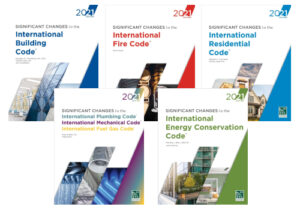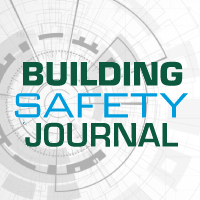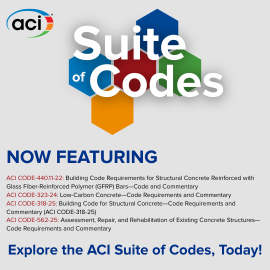
Significant changes to egress from occupied roofs in the 2021 International Building Code
A modification to Section 1006.3 (Egress from Occupied Roofs) of the 2021 International Building Code states that the means of egress provisions applicable to occupied roofs have been clarified.
The trend of clarifying how various code provisions should be applied to occupied roofs continues through these revisions. For years, the only code requirements specific to occupied roofs were that they meet the increased structural loading and that they needed to be provided with a means of egress in the same manner as stories; even though they did not meet the definition for being a story. This caused confusion in the application of other provisions that are now starting to be addressed.
Previously, it was clearly stated that only the occupant load of a single story was to be used for calculating the egress requirements. However, that statement began with the limitation that it applied “where stairways serve more than one story.” As an occupied roof does not meet the definition of a story, an argument could be made that a combined occupant load was intended to be used where a story and an occupied roof were the levels under consideration. Although the change may not seem significant, the simple fact that the code specifically addresses this issue should provide more consistency in application and make understanding the intent easier for code users.
The intent of Exception 3 is to recognize that, although an exit access stairway can generally serve as a portion of the required egress path for travel through only one adjacent story, it is permissible that the egress stairway be unenclosed and connect to multiple stories within an atrium. This coordinates with Exception 5 of Section 1019.3 allowing the exit access stairway to be in the atrium instead of being in a shaft enclosure. Therefore, a traditional open exit access stairway (or a convenience stairway) in an atrium may pass through multiple stories, and, based on this new exception, it could be used for travel through multiple floors before it would need to provide access to a compliant exit element. Because this is an exit access stairway, the travel distance would be limited by both the general requirements of Section 1017 as well as the limits applicable to atriums as established in Section 1017.3.2.
Since an occupied roof does not qualify as a story, the new Exception 7 is simply providing guidance regarding exit access stairways that serve or connect to occupied roofs and allowing a connection to adjacent roof levels. This exception addresses that vertical travel connecting occupied roofs may be provided by exterior exit access stairways, permitted to be unenclosed while serving as a part of the required egress path. Where the egress travel is “between occupied roofs,” as stated in Exception 7, travel is permitted to more than one level; however, if the egress is from an enclosed story, the egress path is only permitted to pass through one adjacent story.
Read the full significant change.
 The 2021 Significant Changes guides are available for the International Building, Fire, Residential, Energy Conservation, Plumbing, Mechanical and Fuel Gas Codes. This valuable series can help any code user save time by zeroing in on the most critical changes in the 2021 International Codes. The Code Council’s technical experts provide summaries, analysis and graphics for these changes making them clear and easy to understand. Each edition provides a comprehensive analysis of significant changes since the 2018 edition, offering key insights into its contents and implications. Each change analysis features the affected code sections and identifies the change with strikethroughs and underlines to show modifications to the existing language. Each change is accompanied by a quick summary, detailed illustrations, and a discussion of its significance, which brings the technical jargon of the code to life in a real-world setting.
The 2021 Significant Changes guides are available for the International Building, Fire, Residential, Energy Conservation, Plumbing, Mechanical and Fuel Gas Codes. This valuable series can help any code user save time by zeroing in on the most critical changes in the 2021 International Codes. The Code Council’s technical experts provide summaries, analysis and graphics for these changes making them clear and easy to understand. Each edition provides a comprehensive analysis of significant changes since the 2018 edition, offering key insights into its contents and implications. Each change analysis features the affected code sections and identifies the change with strikethroughs and underlines to show modifications to the existing language. Each change is accompanied by a quick summary, detailed illustrations, and a discussion of its significance, which brings the technical jargon of the code to life in a real-world setting.
Significant Changes to the International Building Code, 2021 Edition is available in the ICC Store or through Digital Codes Premium.






